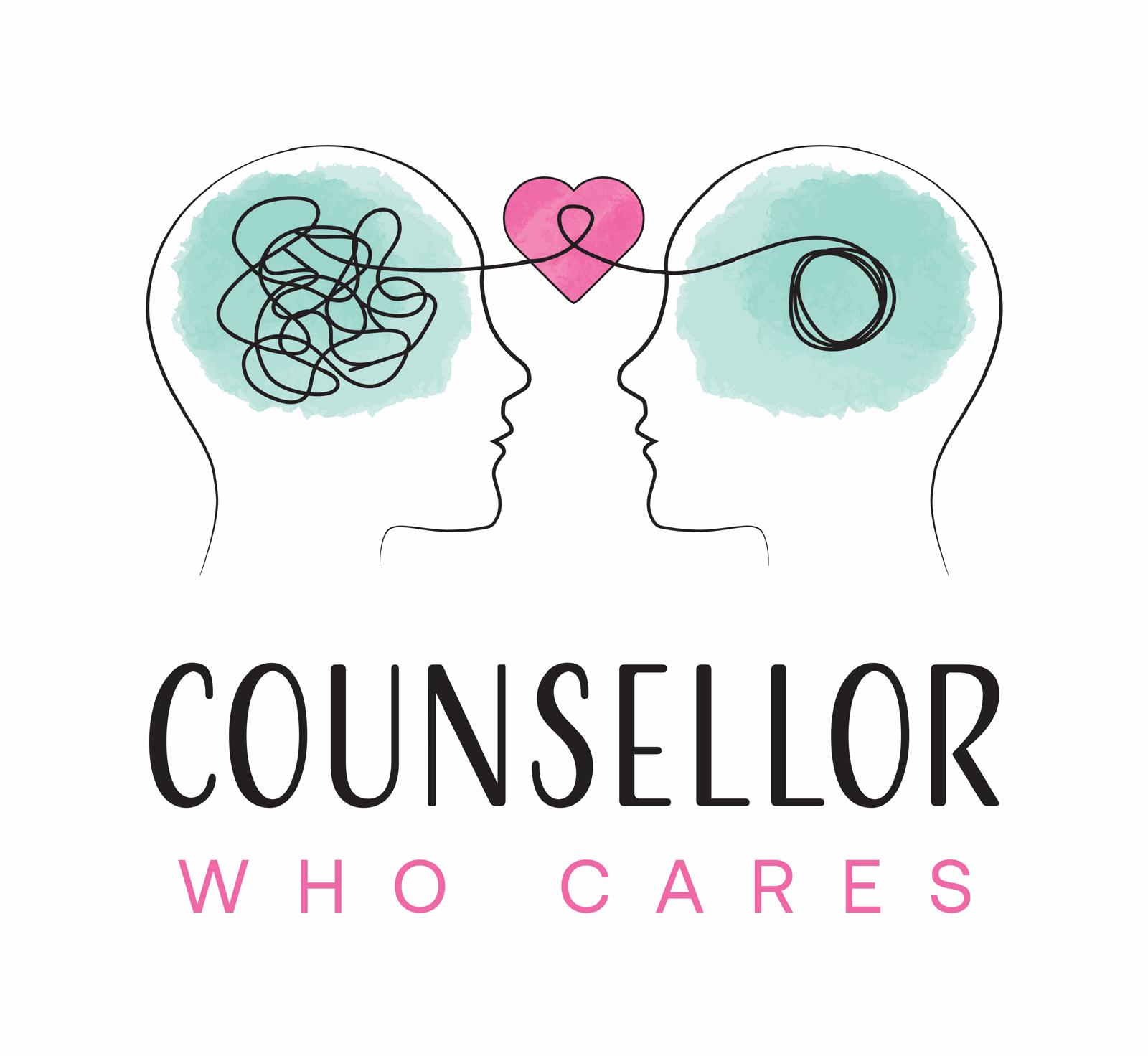A New Path to Healing
What It’s Really Like Being a Neurodivergent Therapist
Being a therapist with ADHD is not a barrier. It’s my superpower. Here’s how I work, think, and connect outside the traditional therapy box.
I bring my whole self to the therapy room
Revolutionizing Therapy for Neurodivergent Clients
Clients often arrive with one big question floating beneath the surface: “Will I be safe here?”
What I want them to feel is this:
➔ Equal parts supported and seen.
➔ That I’m human, real, warm, and not afraid of the messy bits.
➔ That therapy doesn’t have to look like sitting in silence or being stared at.
I’m not a nodding dog in a chair. I’m in the conversation with you.
I don’t hide my humanity behind the mask of professionalism. I’m upfront about certain lived experiences, single motherhood, ADHD, working in retail, training to be a therapist, and raising neurodivergent children. I let people know I’ve been through things too. It’s part of what makes the space safe.
I share carefully, and I listen fiercely
In therapy, there’s a fine balance between sharing enough to build trust and keeping the focus on the client.
I don’t overshare. But I do name things that can reduce shame or isolation. That includes acknowledging my own eating disorder recovery journey, which has helped so many clients feel less alone.
One of the most common things I hear?
“Sorry, I’m all over the place.”
They’re not. Their stories are spiderwebbed, and I understand that kind of brain.
I reassure clients: You’re not bouncing randomly. You’re weaving connections. And I’m trained (and wired) to hold that space.
My neurodivergence helps me tune into things others miss
There’s something I call my spider sense. It’s hard to explain, but it’s real.
➔ I often feel an emotion in the room before it’s named.
➔ I’ll be mid-session and suddenly realise, “That’s not mine. That’s theirs.”
➔ I can tell when someone is holding back, not from a place of logic, but from a deep gut instinct.
Is it ADHD intuition? Trauma wisdom? Years of lived experience? Probably a mix. But I trust it now. And it helps me know which thread to gently follow.
Walk and talk therapy changed everything for me
The lockdown was a huge pivot point. I went fully online, but I also introduced walk-and-talk therapy.
For so many neurodivergent clients, the therapy room isn’t always safe.
Sitting still. Forced eye contact. Blank walls.
That doesn’t work for everyone.
So instead, we walk.
➔ We fidget with hand cream.
➔ We notice the trees.
➔ We throw things into the sea (literally) when we’re releasing emotion.
It’s not traditional therapy. It’s therapeutic coaching meets real life. And it’s magical.
The Role of Boundaries in Therapy
My clients don’t get generic worksheets, they get personalised care
After every session, I write up key reflections and send prompts back to my clients.
These aren’t standardised therapy notes. They’re bespoke. They might include:
-
A metaphor we explored together
-
Homework ideas based on their language, not mine
-
Journaling or creative prompts that speak to their exact challenges
This is how clients feel held between sessions. It’s also how I process as a neurodivergent therapist; I need to write things out to connect the dots.
If I ever forget to send something? They know they can nudge me. No shame, no panic.
Boundaries are essential, and they keep me safe
This job can be all-consuming. Especially when you’re wired to care deeply.
So here’s how I protect my energy:
-
I don’t answer calls out of hours.
-
My phone is on Do Not Disturb.
-
Walk-and-talk clients meet me across the road, not on my doorstep.
-
I take actual downtime: paddleboarding, long walks, and cups of tea without interruption.
-
I don’t book early mornings or late evenings; I know my capacity window.
These boundaries aren’t barriers. They’re what allow me to show up entirely when I’m on.
A Personalized Therapy Approach
I don’t apply tools blindly, I start with the human in front of me
Some clients come to me bruised by therapy that felt rigid or cold.
Told they were “too much.” Given a Drama Triangle, they didn’t relate to.
They handed tools that didn’t work for their brains.
I never want a client to feel boxed in.
I’ve got shelves of therapy books—some unread, some underlined to bits. But I only use what fits. If a theory doesn’t land with me, I won’t force it on someone else.
I work with clients.
And each one is a new relationship, not a case to be solved.
A Personalized Therapy Approach
Therapy isn’t one-size-fits-all, especially not here
Self-curious therapy means:
➔ Working with people who want to explore, not just tick boxes.
➔ Creating safe, flexible, responsive spaces.
➔ Holding humanity first.
If you’re someone who’s bounced off therapy before because it felt stiff, cold, or one-dimensional, I want you to know it can be different.
You can be held by someone who gets your tangents, spiderweb stories, silence, and mess.
That’s what being a neurodivergent therapist means to me.
Therapy as a Dynamic Process
Flexibility and Responsiveness in Practice
Becky Stone
I’m Becky, an eating disorder therapist, ADHD coach, and mum with lived experience of recovery. I offer a down-to-earth, relational, and trauma-informed approach to therapy. Whether walking or meeting on Zoom, I’ll meet you where you are without judgment. I work with neurodivergent adults and teens in Canterbury and online.
Explore Insights on Mental Health and Recovery
Want to explore more? You can browse my full archive of weekly blogs on eating disorders, ADHD, trauma, and neurodivergent mental health right here. I update this page every week with new support, lived insight, and recovery tools
How to Stay Calm When You’re Furious
(By Simon Bostock, Clear Talking Therapy) When you’re angry, it can feel instant. One second, you’re holding it together; the next, you’re flooded, shaking, saying things you’ll regret. That’s not because you’re “bad-tempered.” It’s because your ancient survival...

ADHD, Stress, and the Moment My Brain Just Stops
I know I’m about to burn out when I can’t drive. The lights blur. The world slows down. And I realise my brain has gone offline, again.Two weeks of being unwell threw me completely off track. Antibiotics, pain, exhaustion, the kind that fogs your mind and convinces...

International Stress Awareness Week: When Stress Stops You in Your Tracks
Today marks the first day of International Stress Awareness Week, and I wanted to share something real about stress, not the tidy version we talk about, but the messy, human one we actually feel. I’m back at work after two weeks of being poorly with a painful tooth...




